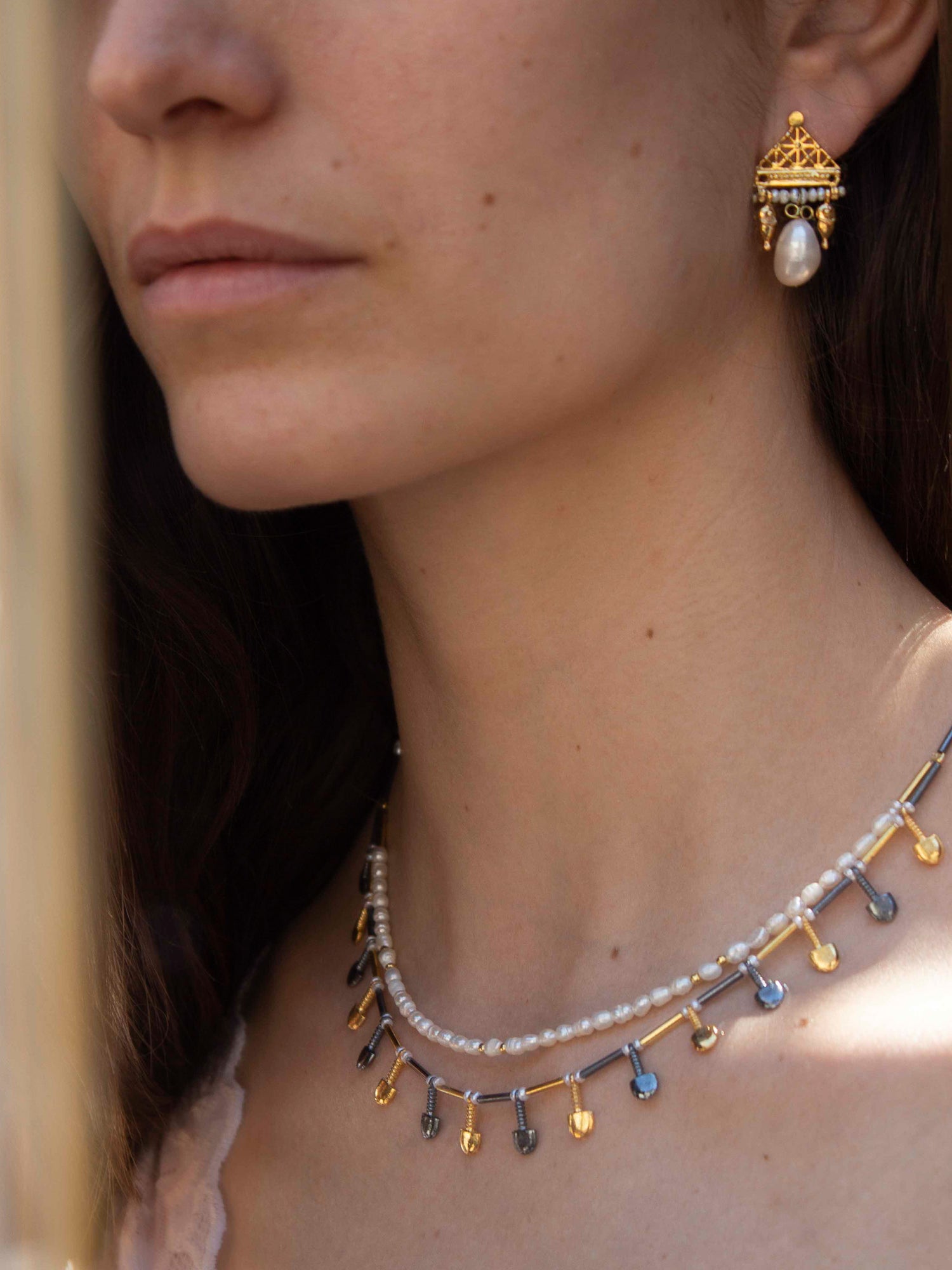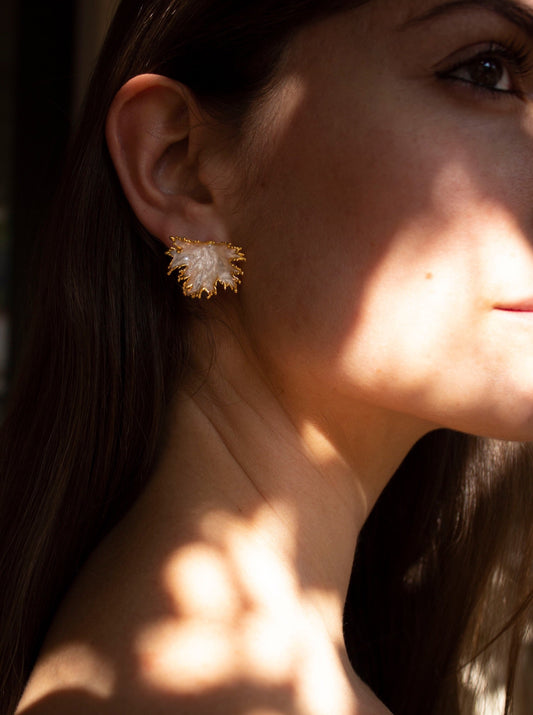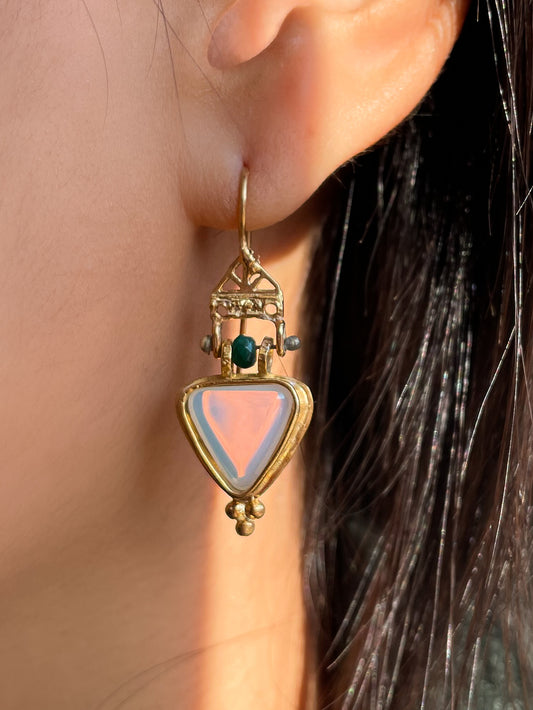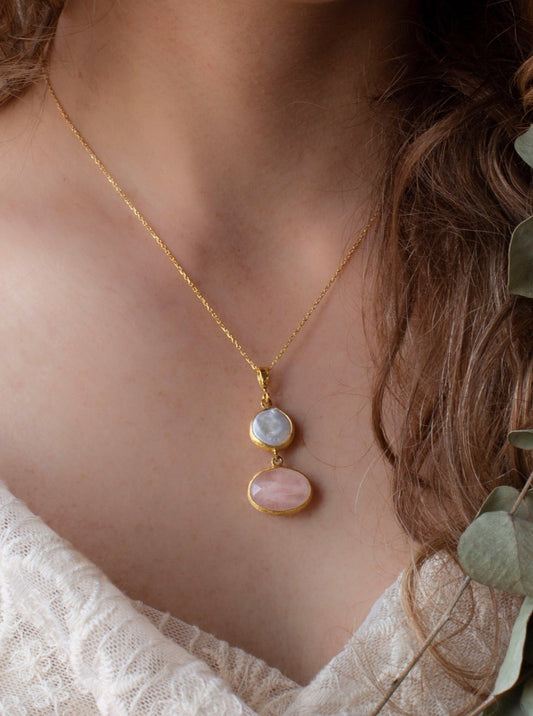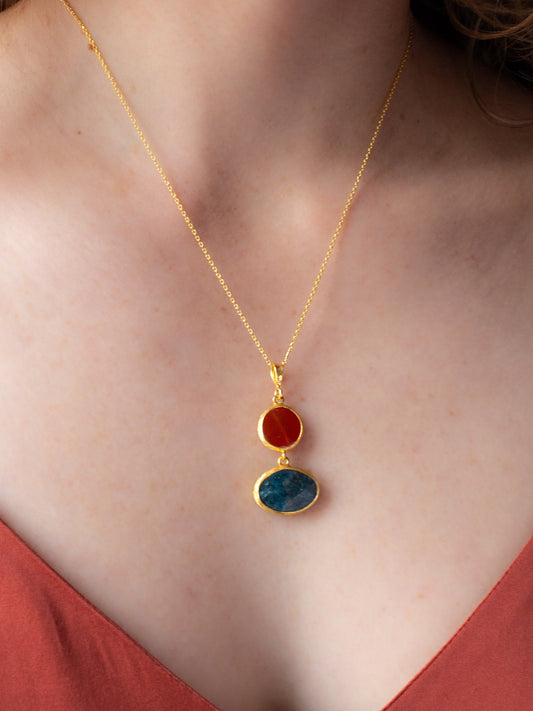In ancient times, the way men admired the Sun, the stars, and the Moon was very different.
The civilizations of the paleolithic age surely tried to determine the duration of the seasons, and the period of the lunar cycles and traced the shape of the constellations. They were the ones who took the first steps in the science we now call astronomy.
Among all these phenomena without apparent explanation, the Moon was the greatest mystery of all of them. Its energy seemed to influence our lives and its changing appearance made each night look unique.
The phases of the Moon in ancient Mediterranean culture

For the Sumerians, the god of the moon is Nanna, who is also known as Sin, Sinaí, Nannar, Suen, or Zuen. This is one of the most important gods in Mediterranean mythology, especially because he is the guarantor of the night and lunar phenomena.
Since he is a god that has to do with lunar phenomena, he also rules important things like the calendar, the lunar phases, and even menstrual cycles. He is usually represented with the number 30, alluding to the number of days in a lunar month.
Anatolian & Greek mythology, the Sun and the Moon
Anatolia had strong influences from both the Greek, Roman, and Byzantine empires. Therefore, much of their culture is reflected in Anatolian mythology. For them, the movements and activities of the Moon were explained according to the story of Artemis.

Artemis was the Greek goddess of the hunt and the moon, but there were other goddesses very similar to her. In Roman mythology, the goddess Diana was the equivalent of Artemis, although history suggests that Diana had historical roots in Italy.

There was also the Myth of Selene. She was in charge of not leaving mortals in the dark when her brother Helios, the Sun, was hidden on the horizon. Selene is depicted as a beautiful woman, with a pale and smooth complexion, wearing a crescent crown on her head. She sometimes rode on a bull, but more often she was seen riding a silver chariot, drawn by two white oxen or two winged horses. As her brother, the Sun, did it during the day, she traveled the night in that vehicle.

On the other hand, Hecate was the goddess of the night for the Greeks. She is often depicted with a lantern, reminiscent of her connection to the Moon, and in sculptures, she has three faces because of her role as goddess of borders and guardian of crossroads.
The signs of the Sun
In The Odyssey, one of the verses describes a solar eclipse that occurred in 1178 BC. It's during this last phase of the poem that Homer alludes to a total eclipse of the Sun: "The sun has been blotted out of the sky, and a darkness pervades the world's misfortune."
For the inhabitants of ancient Greece, solar eclipses were a sign of the anger of the gods and a manifestation of their discontent with man. They were also thought to be the harbinger of disaster and calamity.
Civilizations around the world have attributed great power to the changes on the Moon. Their energies have a direct effect on the tides and the course of events on Earth.
That is why the Moon has become such a present symbol in the accessories we wear. Carrying the energy of the stars with us not only changes how we see ourselves but how we feel.
In Sabiria, we all live harmoniously under the same Sun.
For this reason, our designs are inspired by the legends that helped us understand the sky. Although we have a different understanding of how the world works, we can still live together in balance as modern goddesses.
